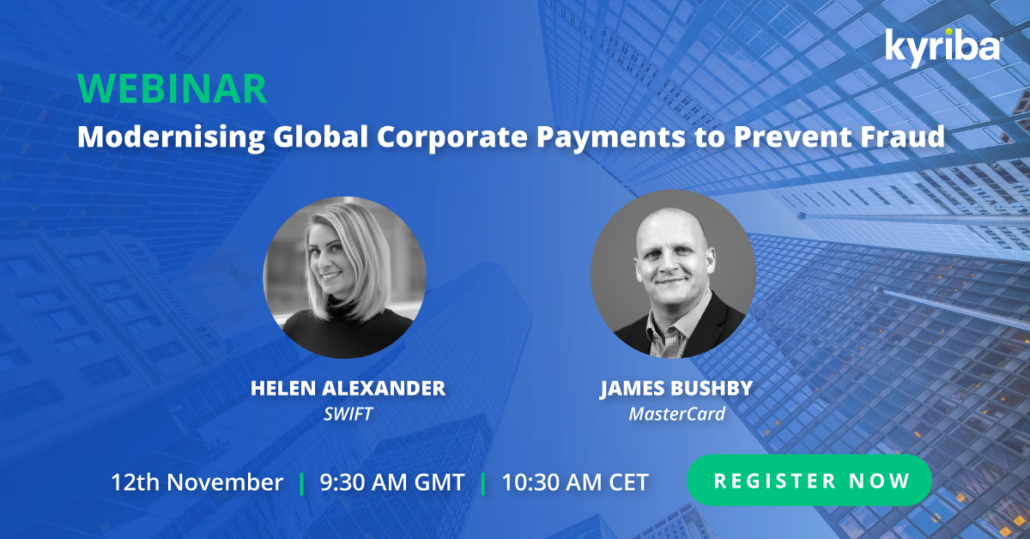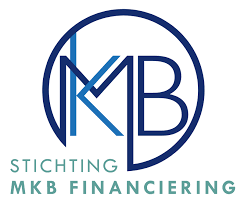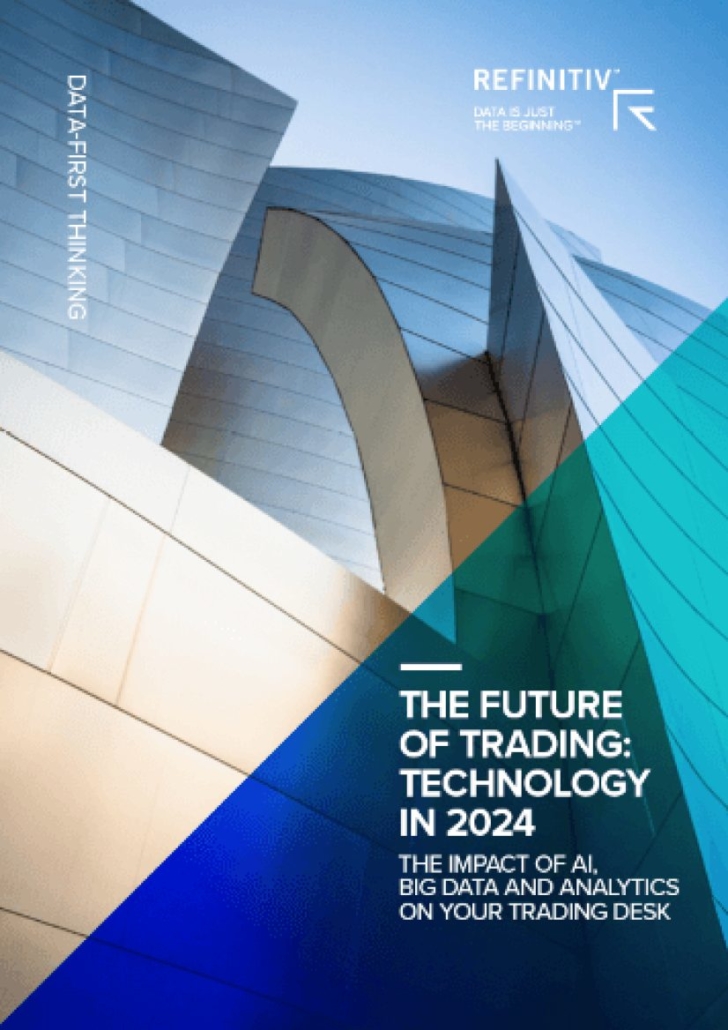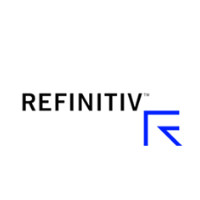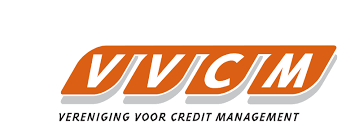15-10-2020 | treasuryXL | XE |
At its simplest, the term “wire transfer” refers to the electronic transfer of money from one person to another, typically using a bank.
But this doesn’t mean wire transfer is just another term for “money transfer”. There are stark differences between money transfers and wire transfers.

Unlike online money transfers, wire transfers primarily use networks like the Society for Worldwide Interbank Financial Telecommunication (SWIFT) or Fedwire to transfer funds between banks. To make wire transfer (and why it’s different from online money transfer) crystal clear to you, let’s peek into the basics, such as how to wire money to someone, how fast it is, and whether it’s convenient (and to what degree).
What does it mean to “wire” money?
To wire money simply means to electronically transfer it from a sender’s bank account to the recipient’s one. You can use it to send money to a business or to another person, whether he or she is living on the other side of your street, or across the globe. It’s an alternative option for transferring money domestically or overseas to sending a money order or a check.
The term dates back to the late 1800s, when the necessary banking information was transmitted through telegraph wires. Though the transfer now happens electronically, the name has stuck.
Types of wire transfer
Wire transfers are of two types, domestic and international.
How does a bank wire transfer work?
First, you’ll need to go to your bank to conduct the wire transfer. You may be able to do this online or over the phone, but you’ll likely have to go in person. You’ll need to provide them with the following information:
-
The recipient’s name
-
The recipient’s BIC code (Bank Identifier Code) or SWIFT code
-
The recipient’s IBAN code (International Bank Account Number)
-
The recipient’s routing number (for domestic wire transfer)
-
The amount of money to be wired to the recipient
Next, you’ll have to deposit the money you want to wire, along with a separate transaction fee to be determined by the sending bank.
The sending bank then requests the receiving bank, via Fedwire or the SWIFT system, to credit the recipient’s account with the wired funds. One or more intermediary banks may also be involved in the process to facilitate the transfer (which likely means additional intermediary fees).
There’s no actual transfer of money. Once all banks have received the necessary information, the money is deducted from your bank account and added to the recipient’s bank account. And voilà—you’ve got your wire transfer process sorted!
How long does a wire transfer take?
Now that you know how to send a wire transfer, and have gathered all required information, setting up and initiating one is only a matter of minutes.
Depending on how soon you submit your request, banks within the US may process your wire transfer on the same day. International wire transfers take longer, but not more than 4-5 business days (at least, not usually).
There’s a specific reason why the processing time is different in both of these cases. In the case of domestic wire transfers, Fedwire or another real-time wire processing system clears the payments within a day. But since international wire transfers involve a domestic clearing house as well as a foreign processing system, these take an extra day or two.
How much does a wire transfer cost?
Bank wires are usually on the more expensive side than other types of electronic fund transfers. You may have to pay anywhere between $15 and $50 USD per transaction.
The bank levies a wire transfer fee, depending on the norms they follow and the transfer amount. At some banks, making wire transfers in-person or over the phone may cost more than wire transfers made through the bank’s website.
Of course, the fee also depends on whether the wire is domestic or international, and incoming or outgoing. Outgoing international wires are at the higher end of this price range, while incoming domestic wires are usually free to the recipient.
For example, the fees for international wire transfers going out of the US generally range from $45 to $50. At the same time, outgoing domestic transfers (if you’re in the US, and you wire money to someone else’s bank account within the US) usually cost between $25 and $30.
Some banks may also charge fees if you’re receiving wired money, though other banks may not. This fee may be between $8 and $10 for incoming transfers, or within the higher range of $15 to $20 at some banks.
Is wiring money safe?
Speaking of bank wires, these are less prone to risks of fraud than checks are. If a check bounces, several weeks may pass before you come to know that the payment was bad.
In contrast, you can’t initiate a wire transfer unless you have sufficient funds in your bank account, so it’s quite safe.
Is it more convenient than money transfers?
Uh, no. First of all, compared to money transfer, a wire transfer can cost you an arm and leg, as we’ve discussed above.
Secondly, with money transfer, you can complete the entire process from the comfort of your home, or from anywhere you are, as long as there’s an internet connection. But to send or receive a wire transfer, you have to contact your bank, or even go there in person during business hours. So you need to gather more information than a typical money transfer requires, take more time out of your day, and pay more in fees.
Yes, you can use a wire transfer to quickly transfer and receive money through a bank, even internationally, but that’s just about it. Overall, wire transfers are more expensive and less convenient than money transfers, which are usually hassle-free. That’s why we think you’ll have more peace of mind sending money with Xe.
Get in touch with XE.com
About XE.com
XE can help safeguard your profit margins and improve cashflow through quantifying the FX risk you face and implementing unique strategies to mitigate it. XE Business Solutions provides a comprehensive range of currency services and products to help businesses access competitive rates with greater control.
Deciding when to make an international payment and at what rate can be critical. XE Business Solutions work with businesses to protect bottom-line from exchange rate fluctuations, while the currency experts and risk management specialists act as eyes and ears in the market to protect your profits from the world’s volatile currency markets.
Your company money is safe with XE, their NASDAQ-listed parent company, Euronet Worldwide Inc., has a multi-billion-dollar market capitalization, and an investment-grade credit rating. With offices in the UK, Canada, Europe, APAC and North America they have truly global coverage.
Are you curious to know more about XE?
Maurits Houthoff, senior business development manager at XE.com, is always in for a cup of coffee, mail or call to provide you the detailed information.
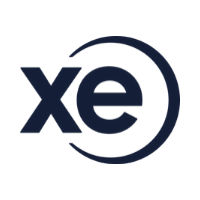
Visit XE.com
Visit XE partner page

